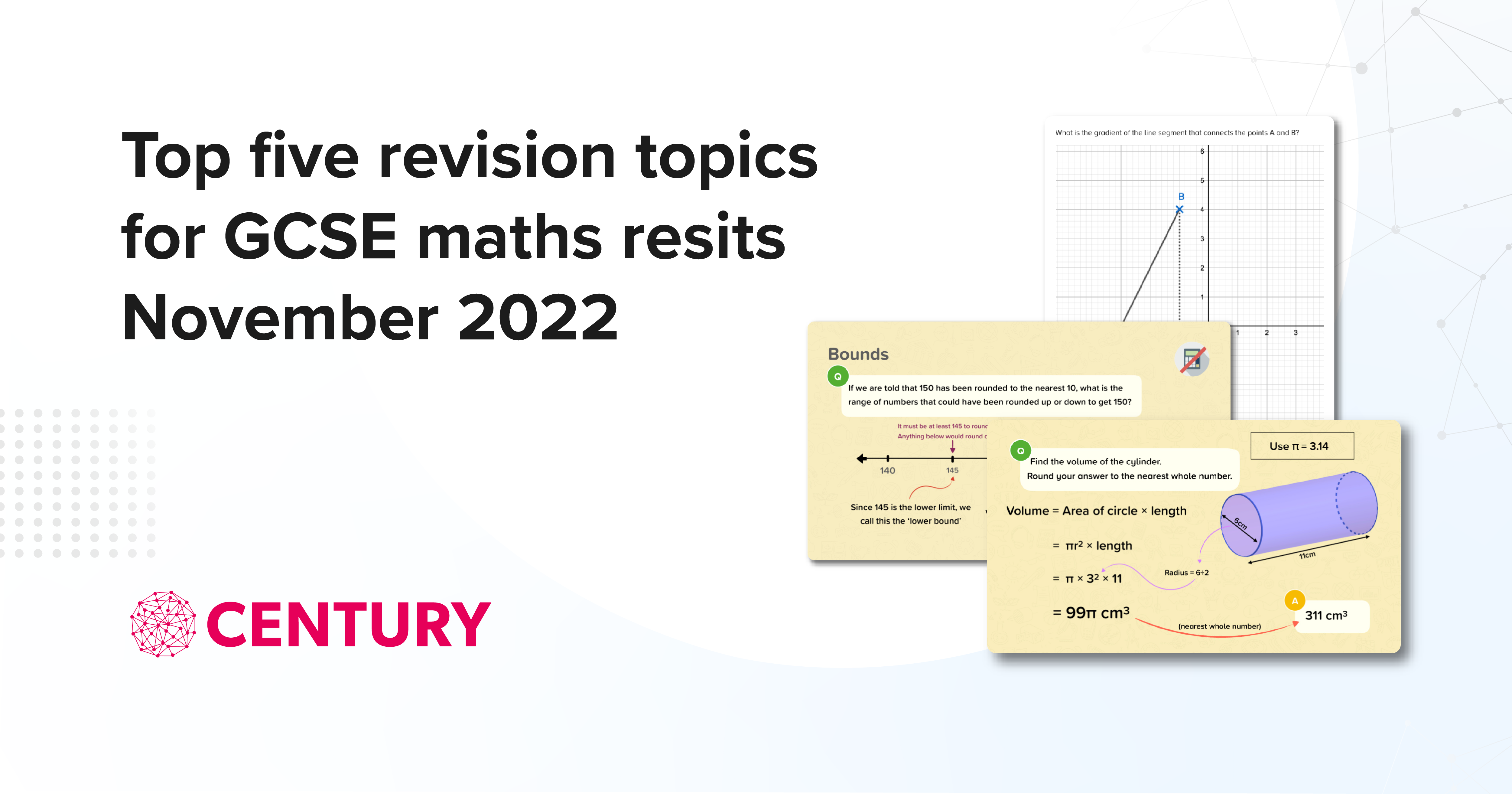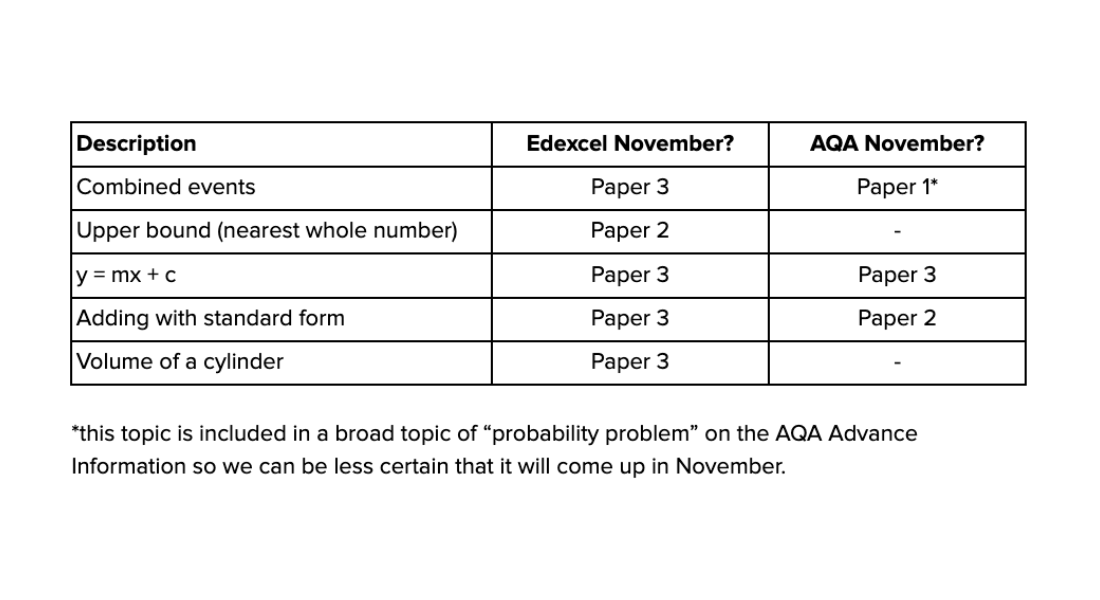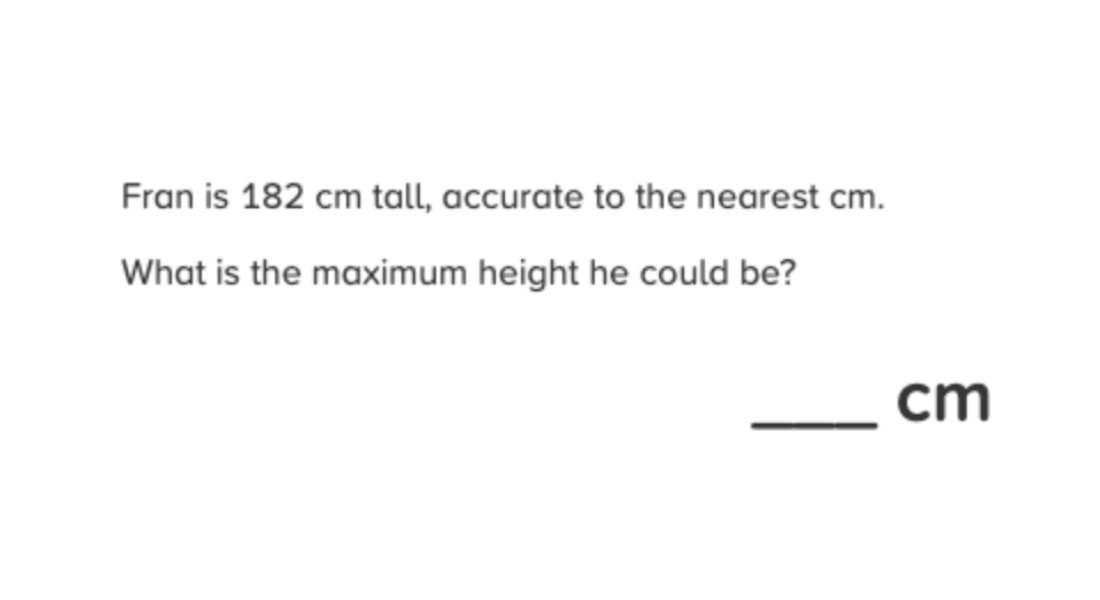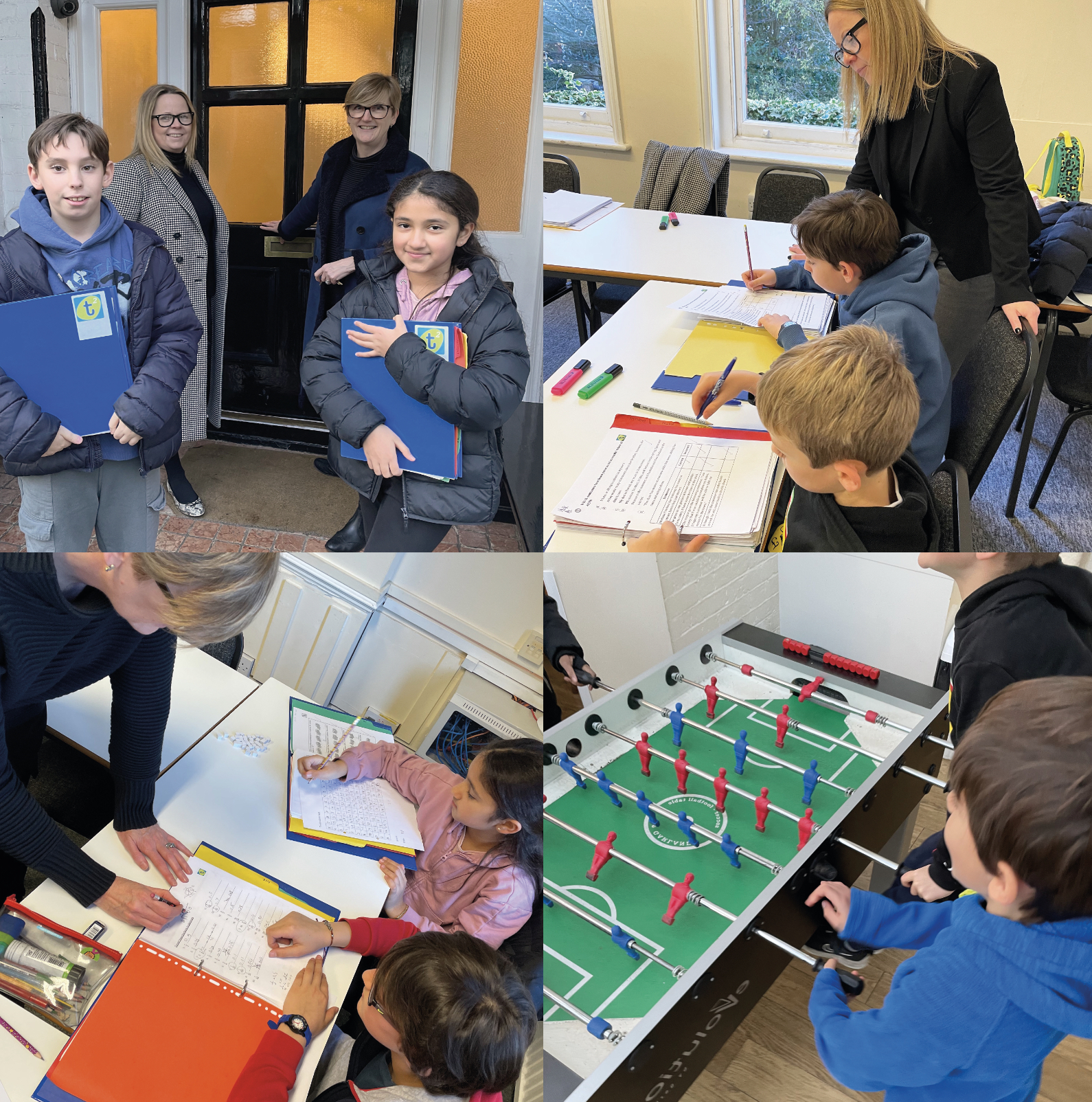The topics below were all in our Advance Information course in the summer term, and these are the questions that students struggled with the most. All of these topics are due to come up again in November in either the Edexcel or AQA papers, or both. We recommend you make these a priority with your students.
You can see the full information from the exam boards on the November exams Advance Information here for Edexcel and here for AQA.
The Edexcel examiner report for the June 2022 Foundation papers also indicates that the questions on these topics were poorly answered by many candidates. The misconceptions identified below are similar for the cohort wide feedback. Read the full examiner reports here.
For each of these topics we will provide a full breakdown including common incorrect answers and misconceptions we have identified from the answers students submitted. This is 2 out of 5 in our series of topics. Topics 3 to 5 will be published in the following weeks.
Some ideas to build these topics into your teaching
- Set the recommended nuggets as independent learning using the planner tool on CENTURY
- Include these topics in your lessons as a starter each lesson
- Set a mini assessment for students including these topics using past exam paper questions
Upper Bound (Nearest Whole Number)
This calculator question was answered incorrectly 88% of the time. The question required students to have knowledge of upper bounds.
This question could be approached by using a method that would work for all bounds questions.
If a quantity is rounded to the nearest ‘X’ then halve X, and add/subtract to the original quantity to find the upper and lower bounds. This method works well when a bounds or error interval question mentions ‘nearest 10’ or ‘nearest 5’ as it is a common mistake in these cases for students to add or subtract 10 or 5 to find the bounds, rather than half of this.
The most common incorrect answers were:
- 180 - Students see ‘182’ and ‘nearest’ in the same question and automatically want to do some rounding. Encourage students to recognise phrases that show it is a bounds question.
- 182 - This answer would come from not knowing the concept of bounds. A student may think that if someone is measured as 182cm, then they are 182cm. Once again understanding the language of a bounds question would be useful.
- 183 - This answer goes back to the misconception that is addressed by using the ‘halve it’ rule. Here the phrase nearest cm has been translated to adding a cm to find the upper bound.
- 182.4 - Students show some understanding of bounds here, however they have the misconception that 182.5 cannot be the upper bound as 182.5 would round up to 183. Students need to understand the concept that an upper bound can be “up to but not including”. Use of inequality notation to illustrate the difference between the upper and lower bound may be helpful: 181.5 ≤ x < 182.5
All of these incorrect answers have the same underlying theme of conceptual misunderstandings from lack of understanding of what bounds are. Error interval is included in the November Advanced Information for Edexcel (foundation paper 2) and bounds features in higher paper 2. While an error interval question may be slightly less wordy and possibly include filling in an inequality, students would be aware of how to calculate upper and lower bounds (i.e. the error interval) for a variety of different scenarios including decimal places, significant figures, nearest ‘X’ and questions that involve units.
To help your students with this topic use CENTURY nugget: Bounds 1: Introduction (MF9.13) and Bounds 3: Intervals (MF9.15)
Book a demo to find out more about the courses, or speak to your Account Manager if you are an existing customer for more information.





